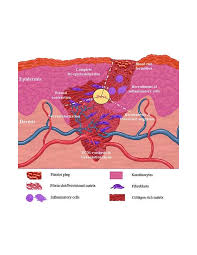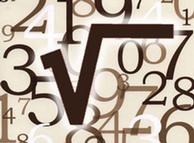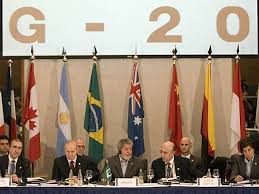 Victims of permanent, sometimes fatal wounds may receive hope from a new mathematical model published by researchers at Ohio State University.
Victims of permanent, sometimes fatal wounds may receive hope from a new mathematical model published by researchers at Ohio State University.
Ischemic wounds, which arise from conditions such as diabetes, obesity, and high blood pressure, heal extremely slowly―if at all―and may result in loss of limb or even death. Inadequate blood supply in the affected area  decreases the amount of oxygen and proteins that reaches the lesions, essential components of the healing process.
decreases the amount of oxygen and proteins that reaches the lesions, essential components of the healing process.
The model, a system of partial differential equations, uses some data from animal studies, but also includes values the researchers assigned to the various cells and chemicals in wound healing. Chuan Xue, a postdoctoral researcher in Ohio State's Mathematical Biosciences Institute, helped the team calculate numerical coefficients for oxygen concentration, the concentration of growth factors, density of white blood cells, density of fibroblasts, and density of tips and sprouts of new blood vessels.
















